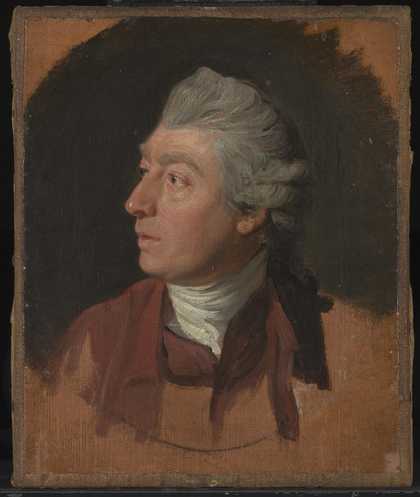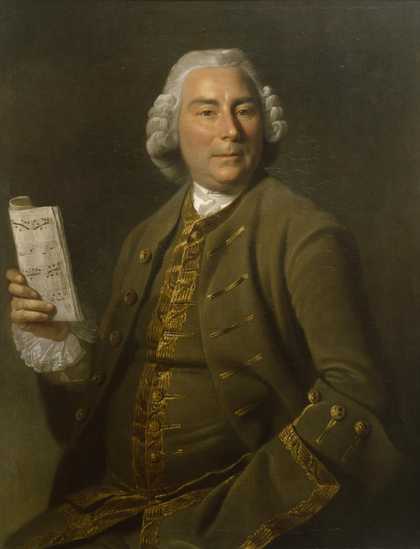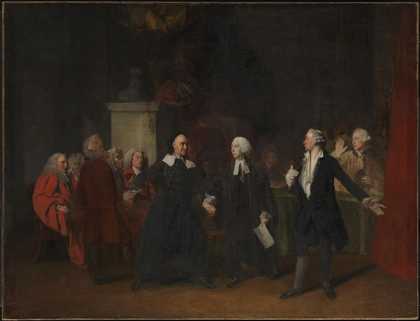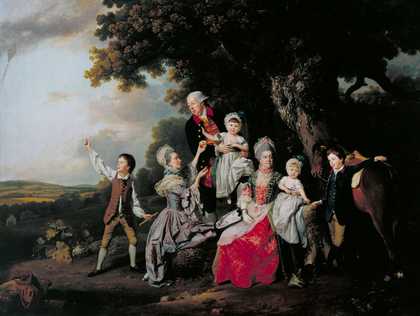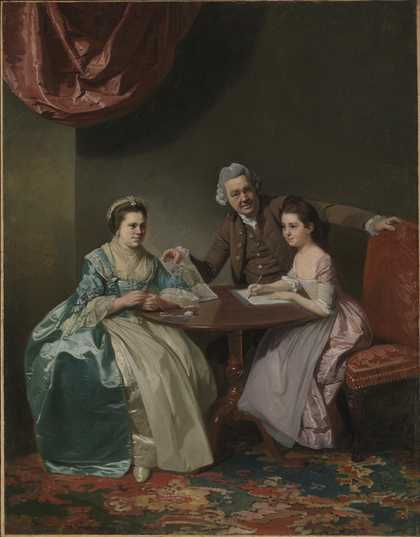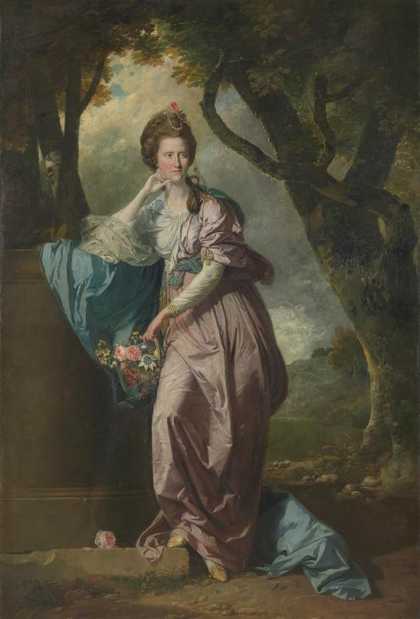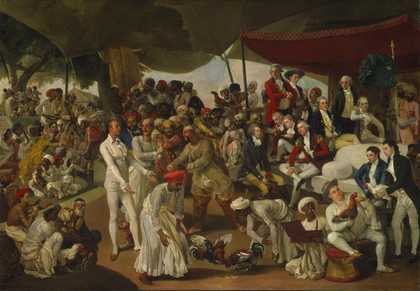Historic and Modern British Art
Artist biography
Zoffany arrived in England around 1760 but, hindered in part by his poor English, initially was obliged to take work for the clockmaker Stephen Rimbault, painting scenes for clock-faces. He then worked in the studio of Benjamin Wilson (1721-88), a minor portraitist, as a drapery painter. His career in England was established when the actor-manager David Garrick became his first major English patron. Zoffany painted four conversation pieces of the Garrick household in 1762, as well as numerous theatrical pictures which brought him to the attention of the public and, more importantly, Queen Charlotte, who became his patron.
Zoffany exhibited at the Society of Artists from 1762 to 1769. He was nominated by George III for membership in the Royal Academy in 1769, exhibiting there from 1770 to 1800. Between 1772 and 1778 he worked primarily in Florence, where he painted The Interior of the Tribuna at Florence (Royal Collection). He returned to London in 1779 but, after a falling out with the King and Queen over his Tribuna, went to India in 1783, remaining until 1789. By 1809, according to the diarist Farington in his entry for 14 March of that year, 'Zoffany's faculties were gone. He is become childish' (Kathryn Cave (ed.), The Diary of Joseph Farington, IX, New Haven and London 1982, p.3421). He died at his home at Strand-on-the-Green and is buried in Kew Churchyard near London.
Further reading:
Mary Webster, Johan Zoffany 1733-1810, exhibition catalogue, National Portrait Gallery 1977
Terry Riggs
October 1997
Wikipedia entry
Johan / Johann Joseph Zoffany (born Johannes Josephus Zaufallij; 13 March 1733 – 11 November 1810) was a German neoclassical painter who was active mainly in England, Italy, and India. His works appear in many prominent British collections, including the National Gallery, the Tate Gallery and the Royal Collection, as well as institutions in continental Europe, India, the United States and Australia. His name is sometimes spelled Zoffani or Zauffelij (on his grave, it is spelled Zoffanij).
This biography is from Wikipedia under an Attribution-ShareAlike Creative Commons License. Spotted a problem? Let us know.
Read full Wikipedia entry

